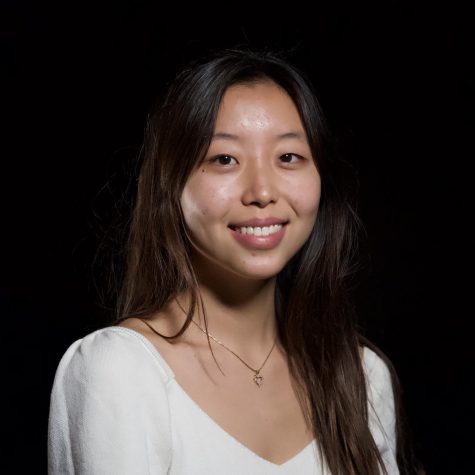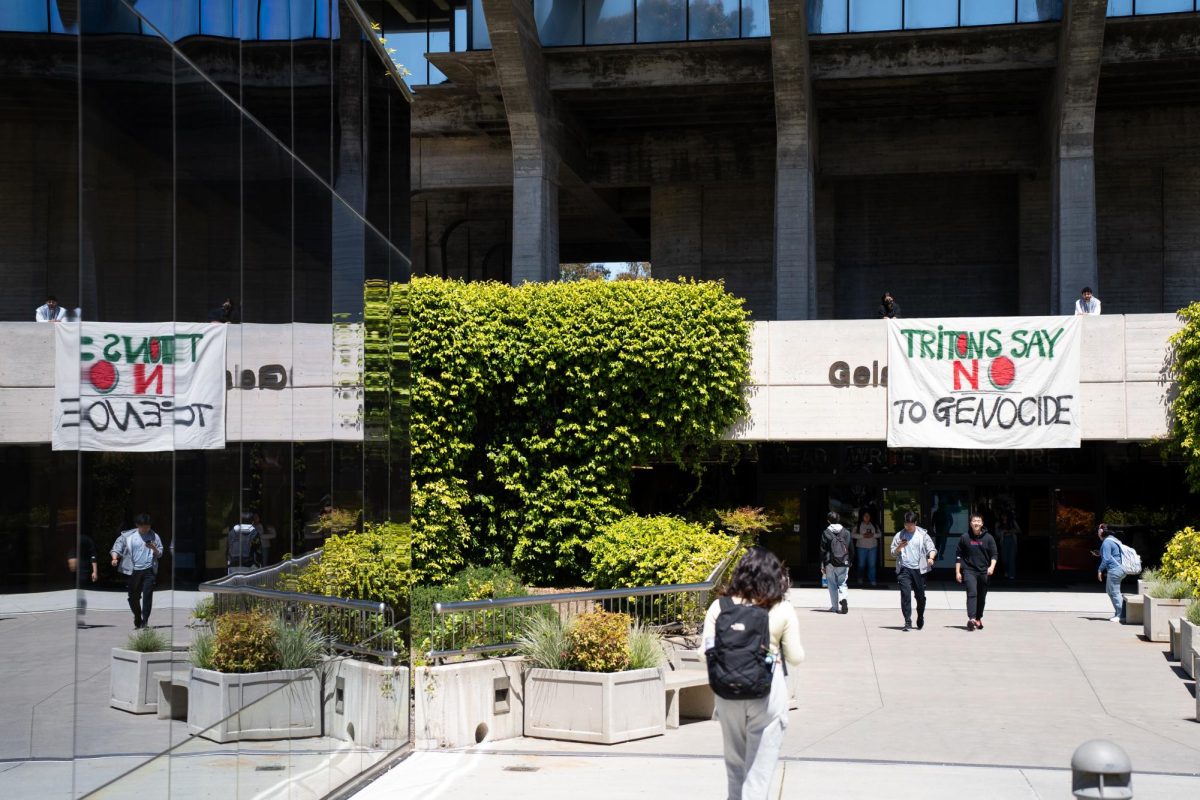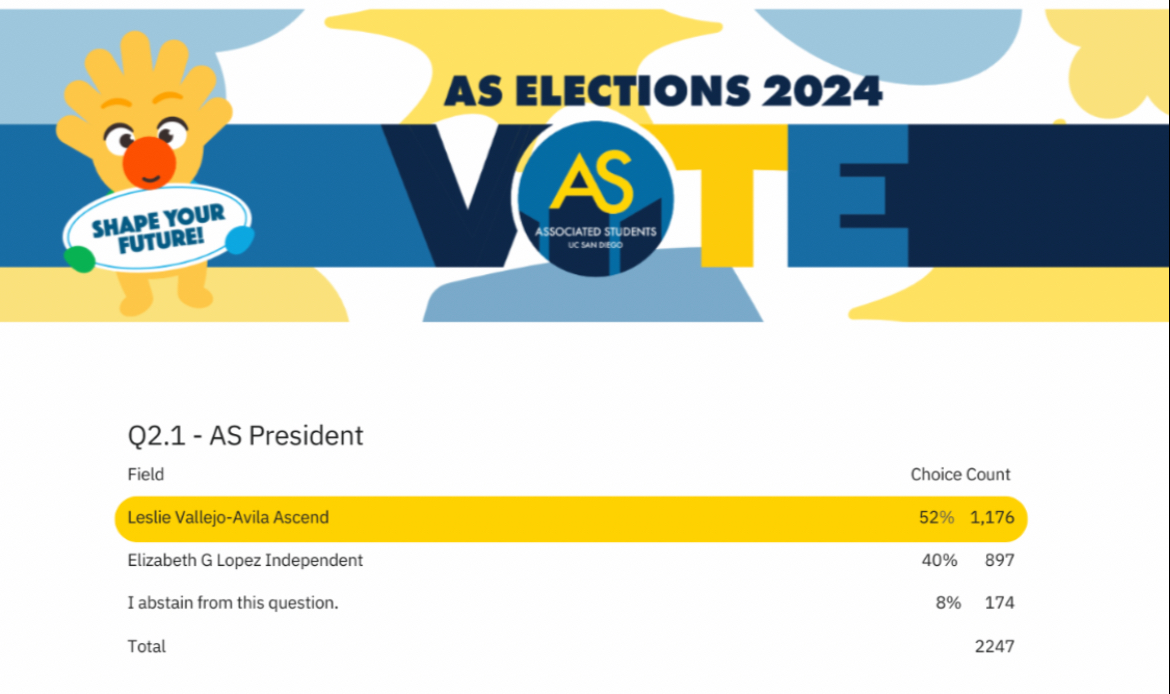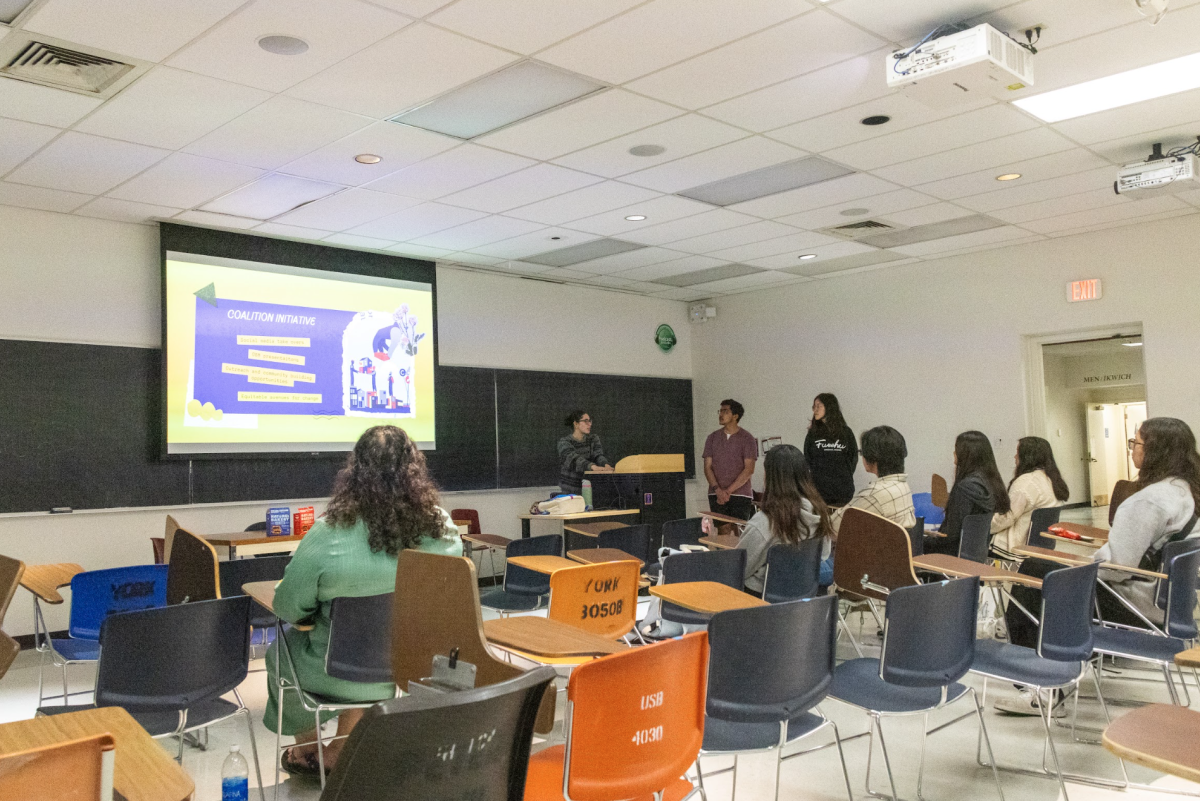Recently on campus, lecturers rallied at campus in order to call for better pay and acknowledgement. They are seeking some sort of stability with housing and other living conditions making them walk a tightrope.
On October 13th and 14th, there was a small, buzzing circle of individuals with information pickets near Geisel Library. They were eager to talk and converse with each other or passersby, but all of them were not students.
Rather, many of the individuals were non-Senate faculty, or lecturers. Though many students also came to show their support, the spotlight was on the lecturers that represented the University of California.
On both days, there were also rallies around noon. A strange upheaval of campus rhythm played out as one could see the lecturers — individuals who students trust and even happily flock to during office hours — call for their own needs: greater acknowledgement and payment for the work they’ve been employed to do. Ultimately, the lecturer churning process, knowledge of a quarter of lecturers not returning annually, and other information brought forth by CalMatters reports propelled this.
Their purpose is different from tenured professors. Lecturers focus solely on instruction and mainly lower-division courses along with office hours; usually, they don’t teach solely large classes like permanent faculty in lower-division do, but rather a mix of larger and smaller classes. There are also more lecturers now than in previous years, something that might make sense when considering the increasing influx of students and rising tuition costs.
After all, UC President Michael Drake is in favor of enrolling 20,000 more students in the university systemwide by 2030. This coincides with the increasing number of lecturers being hired — individuals who are not on a tenure track that guarantees job security.
Lecturers’ goal of receiving more acknowledgement is a simplification of what is beneath the surface. They are fighting for fair workload standards, fair compensation, and a transparent, consistent rehiring process.
The lecturers believe they are not receiving that job stability in return for their time. Instead, they seem to be positioned on a flimsy tightrope that never lets them know if they’re wearing a safety harness until they fall from it.
This is because lecturers do not receive the stability that tenured professors get; they can be cut or “churned out” in various times of their employment like the first few years, a process that leaves them scrambling to reapply for their job every year or quarter or simply seeking employment elsewhere.
Professor Michael Calderón-Zaks comes to the UC San Diego campus from Los Angeles and he compares himself to the utility player in baseball who plays several different positions just to stay in the lineup.
He has taught at UCSD since January 2018 and, amidst some scheduling conflicts for a couple of quarters, he’s approaching three years of his service time as a lecturer. This quarter, he is teaching a class on immigration, race and ethnicity, and one on social movement and social protests, but he’s also taught classes on methods, theory, and more.
“Why hire a tenure-track-professor when you can get two or three lecturers who you don’t even have to keep?”’ Calderón-Zaks told The UCSD Guardian. “It’s more than just the cost-cutting. It’s a big part of it. But it’s also flexibility. Their flexibility is our instability.”
For lecturers, specifically, Calderón-Zaks said that there are no housing benefits like the home-buying programs tenured professors can receive. The loopholes of some seemingly attractive contracts take him out of the picture because he works on a quarterly contract and some only apply to those working yearly or multiyear ones.
UCSD is located in the affluent suburb of La Jolla. This summer was notable for the impacted housing crisis in San Diego, which affected many students’ living situations. The increasing enrollment of students has affected their spaces and the in-person modality that is slowly becoming more and more present is only making this situation more visible.
La Jolla’s cost of living is also higher than other cities; according to move.org, the monthly cost of living is $2,390, which ranks seventh out of seventy four of the most populous cities.
Calderón-Zak said that public education and other services have increasingly been more corporate, with non-educators behind the scenes. Many who got jaded with this job insecurity or housing issues, eventually walked off the job or quit en masse. Calderón-Zak asserted that people are not going to accept wages that continuously put them in poverty.
The lecturers’ lack of stability affects students’ instruction as well. The UC system depends on thousands of lecturers to provide education to one-third of the instruction undergraduate students receive. A strike occurring would also affect students’ instruction.
Even seemingly small things like being able to write letters of recommendation are curbed by the lecturers’ potential of being cut. This points, too, to a deeper issue. Students’ chances to better acquaint themselves with their professors are potentially minimized along with professors worrying over applying or reapplying or earning wages.
Interestingly enough, UC stated in a June proposal that at the start of the Summer 2022, there would be a transition from a salary scale to a salary range, which means salary increases for those bargaining. Further, UC pledged that as one of two universities in this nation they will offer continuing appointments after six years as well as enhanced paid medical leave and more. For COVID-19, UC gave a contract provision that notified lecturers of their rights and responsibilities should an emergency be declared; further, they expressed that amidst Fall 2020 pandemic issues, they did provide university paid medical leave and childcare needs.
In response to them “turning over” lecturers, UC didn’t outright reject the claim, but they presented other reasons as to why lecturers would leave the university.
Thus, if lecturers work six years in the same department, there is more stability and priority, though this does not count summer sessions unless there are certain circumstances.
The University Council-American Federation of Teachers (UC-AFT) that represents these lecturers responded by saying these amends aren’t enough to close the gap due to increasing living costs in California. The terminology is also tricky: less than ten percent of lecturers get here. There is the potential of being cut or changing to another department and not having that count towards the six years.
Dr. Megan Strom, another lecturer at UCSD, teaches two lectures within Dimensions of Culture 1 about diversity this quarter. She has taught since Fall 2015 and is currently going through her excellence review. Strom is also the chapter chair for UC-AFT.
Strom calls herself a “unicorn” in this matter as she approaches her sixth year at UCSD next quarter. After all, she recognizes that the churning process is a lived reality.
There is no review process for lecturers. And without that evaluation process, lecturers don’t get to know why they’re booted. There doesn’t need to be an explanation even if evaluations are incredible.
“As long as there’s no evaluation process, they’ll just churn us out — which is what they’ve been doing,” Calderón-Zaks said.“What we want is to put an end to that practice so that we can focus on teaching. Sometimes I apply to other jobs because what if they decide to change their mind about me?”
Strom and others have proposed that there should be a one-year appointment of lecturer status, then a standardized review. If all is well, then the lecturer should be given the chance to be rehired for two years with another review and so forth. The third year would allow one to be up for an excellence review.
This allows opportunity for growth and revision of class materials, but it also offers lecturers some ease of mind. Currently, at the halfway point of the six years, the lecturers just attend a meeting to get feedback.
What the lecturers seek is anything but feeling like their position working for UC is a side gig. They have credentials similar to tenured professors — many of them even have PhDs.
“We just want our work and our labor to be valued,” Strom said. “If the University cares about education as they claim to, then they should care about the working conditions of the people teaching the classes and the experience of students in those classes.”
Perhaps the sense of stability would also give lecturers a sense of understanding how to instruct as best they can.
“When they hire us, they don’t put us through orientation at all,” Calderon-Zaks said. “That would make the experience better for both us and students. They just hire us and put us through work.”
Both Calderon-Zaks and Strom acknowledged that their respective departments were kind and guiding. They said that others don’t get so lucky. Some leave, jaded and unwilling to have to fight for their job. Some end up finding better jobs at other universities.
A strike may or may not take place in late May 2022. Calderón-Zaks, along with others, made up 96 percent of those who voted in a strike authorization vote for late May.
“That means our negotiators can call a strike whenever they want,” Calderon-Zaks said. “We still have to go through a legal process [too] in order to be able to do it. That includes mediation. For the most part, UCOP is dragging its feet. There’s been movement simply because there’s been pressure on them coming from us, coming from students, coming from tenured track faculty allies, coming from community members. They do not want to give us job security. They really don’t want to give us multiyear contracts.”
Rallying may get the ball rolling and the in-person quality may attract more individuals to attend, but if the strike of 2003 was able to bring benefits like the six-year-continuation for professors, perhaps it’s the next ideal approach.
For now, if a student wishes to stand with UC teaching faculty, they may do so by signing a pledge on the weteachuc.org site, which has received almost 2,000 signatures as of now. Tweeting at President Drake or just talking to others can also help.
Strom expressed how liberating it was to talk about the issue.
“I love teaching at the college. But I’m not willing to sacrifice my well-being to do this job. And we shouldn’t have to make that decision,” Strom added. “We have been told and taught that our position is shameful. Part of that is wrapped up in the way [the UC institution] treats us. I know my training. I know that I’m qualified to be in this position.”
Last year, all the organizing and rallying was held on Zoom. The platform’s ability to bring more individuals in a convenient, rapid manner together was beneficial, but reaching students in-person feels different and irreplaceable.
COVID-19 launched financial losses for both the university and lecturers, but there is an invigoration among individuals on campus. There might be plans for a teach-in and discussions about how lecturers’ situations overlap with students. Because these events will increasingly be in person, it might be easier to connect others to the cause and bring other issues to the table, like the current housing crisis.
It was how many students heard about the issue and perhaps, that connection will always be linked. Students need lecturers, and lecturers need students. But the university needs both groups as well to stay afloat.
“Our struggles are linked. Our working conditions are your learning conditions,” Calderón-Zaks said.
Photo courtesy of PixaBay from Pexels.

















jack wisdon • Dec 28, 2021 at 5:45 am
Best blog here http://fileexplorerwindows.com
Ada • Oct 30, 2021 at 6:28 am
You are right, this system needs two groups and this is the only way they can exist. The most important thing is to find mutual understanding so that universities and colleges can flourish and students receive the necessary knowledge. It’s important to get them interested, otherwise they’ll just sit on sites like getnursingessay.com just to find the easy way.